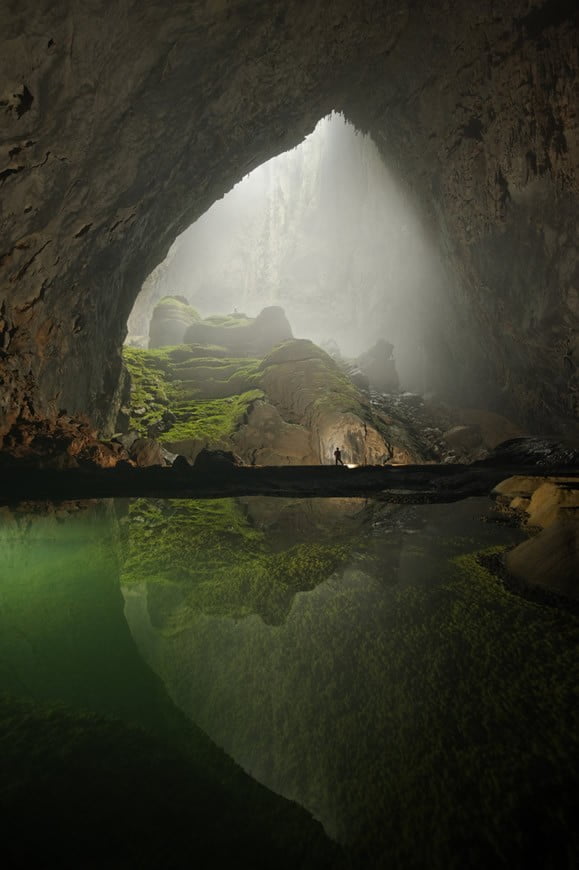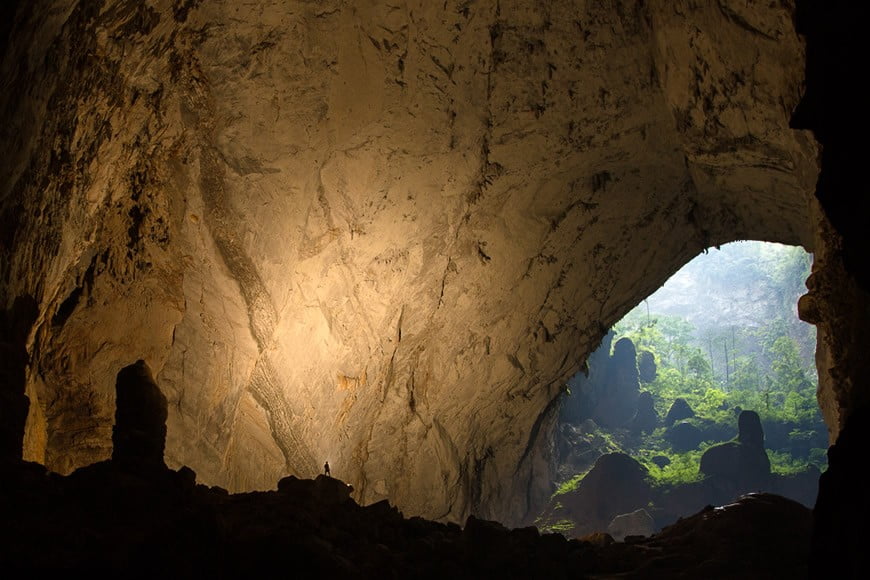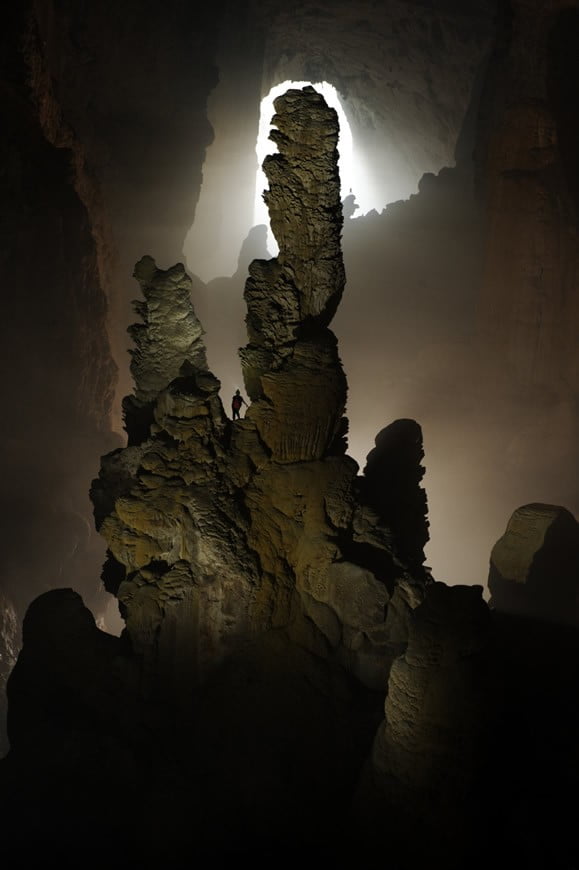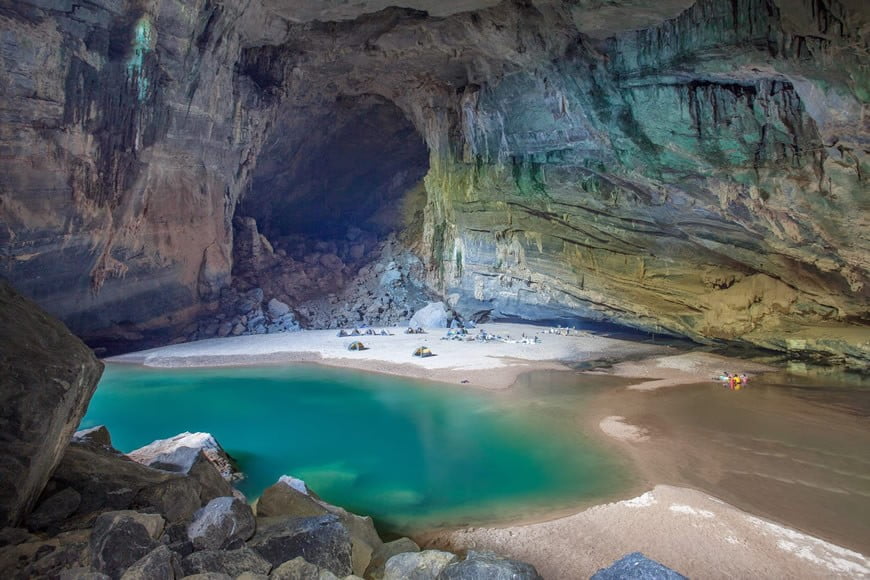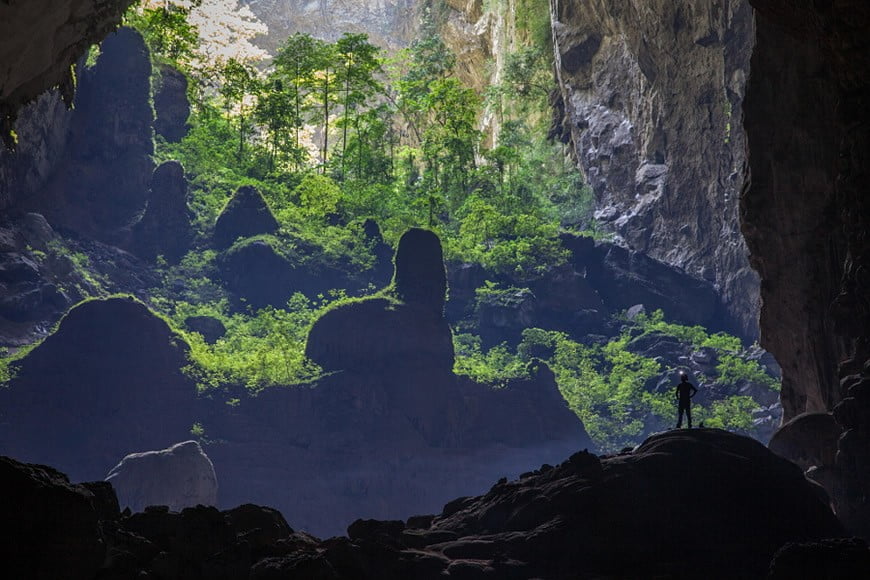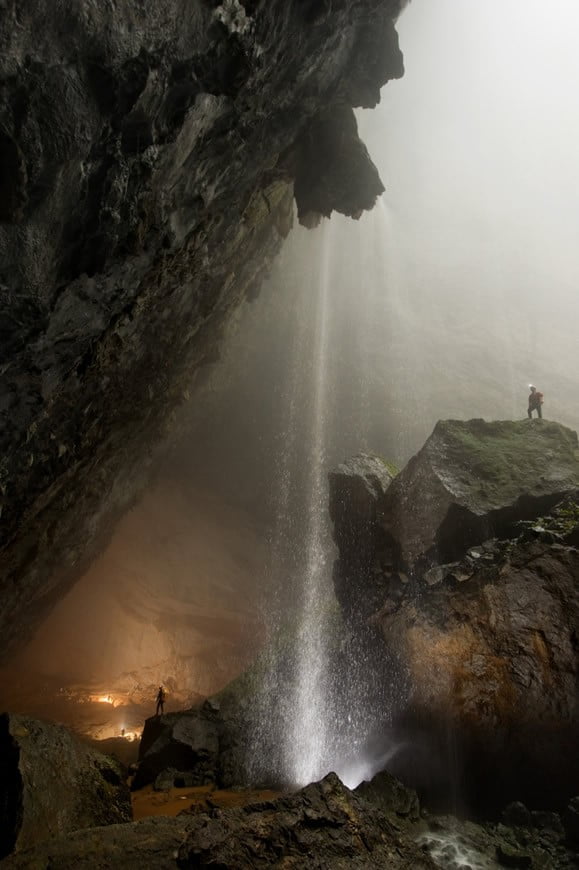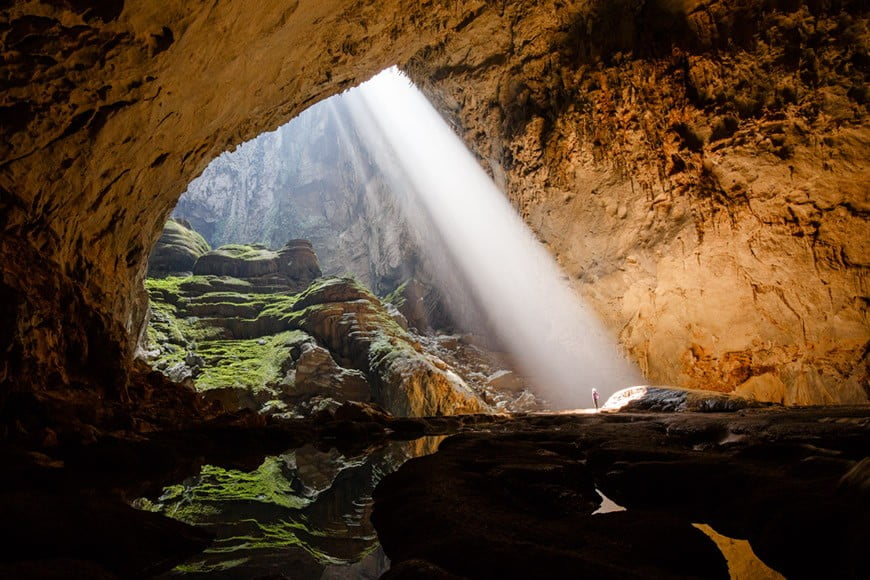In
Singapore you can enjoy numerous activities from the beauty of land to
the fabulous underwater experience. The travel packages are customized
keeping in mind the convenience of the travellers.
1 – Marina Bay Sands (Skypark)
The magnificent Marina Bay Sands is an integrated resort fronting Marina Bay that offers a luxury 2,561-room hotel, an art convention and exhibition center, the Shoppes Mall, an Art & Science museum, two Sands Theatres, seven “celebrity chef” restaurants, two floating pavilions and a casino with 500 tables and 1,600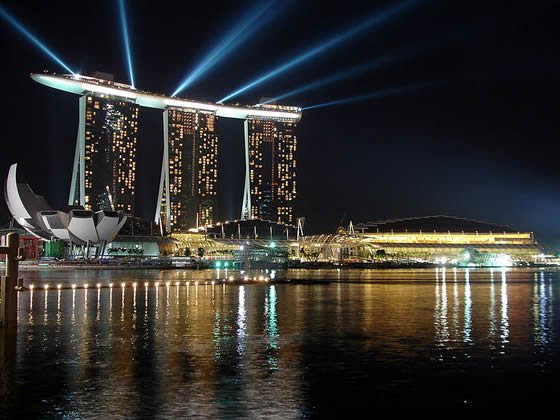
2 – Marina Bay Sands Infinity Pool
The Marina Bay Sands Infinity Pool rests on the 56th floor of Marina Bay Sands. This incredible infinity edged pool is the longest elevated swimming pool in the world with 150 metres (478 ft.) wide, which stands 191 meters from the ground. But do not get too excited, the pool is for exclusive use of the luxury hotel guests. Non-hotel guests can only see part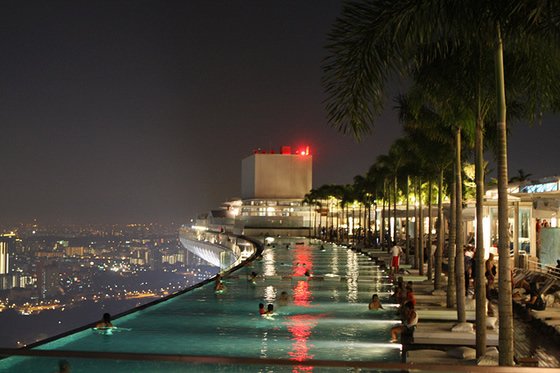
3 – Merlion Statue – Merlion Park
Merlion Park is located near Marina Bay, Singapore. This park is home to an 8.6 meter-tall and 40 ton-weight, water-spouting Merlion. The Singapore’s tourism icon is a mythical creature with the head of a lion and the body of a fish. Its name combines “mer” meaning the sea and “lion”. The “Singa” or lion head represents Singapore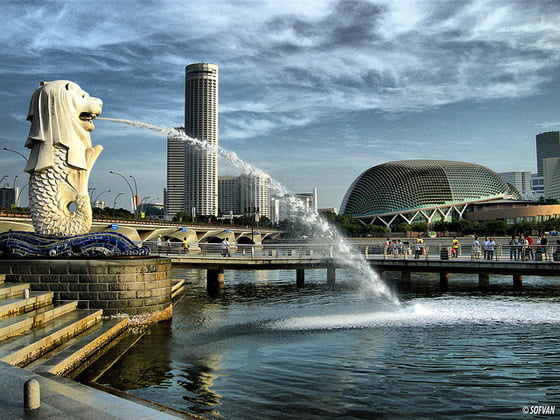
4 – Fountain of Wealth – Suntec City
The Fountain of Wealth is recognized since 1998 by the Guinness Book Of World Records as the largest fountain in the world. It is located in the hub of one of Singapore’s largest shopping malls, the Suntec City. The fountain is made of silicon bronze, and consists of a circular ring with a circumference of 66 meters supported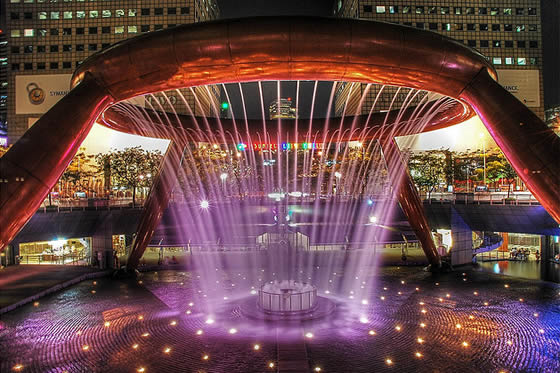
5 – Buddha Tooth Relic Temple and Museum
The Buddha Tooth Relic Temple and Museum is a four-storey Buddhist temple and museum complex that rises up at the heart of the Chinatown district in Singapore. The temple is based on the Tang dynasty architectural style and built to house the tooth relic of the historical Buddha, which is claimed that was found in 1980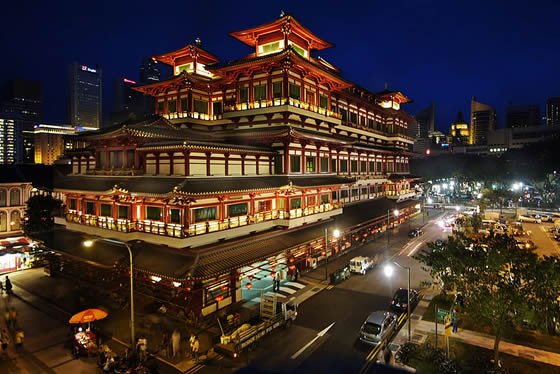
6 – Gardens by the Bay
Gardens by the Bay is a surreal green oasis in the heart of Singapore. It brings plants to life in a way you’ve never seen before. There you are surrounded by nature whilst feeling like you have stepped into the Avatar movie. This huge, colourful, futuristic park is famous for its high-tech Supertree Grove – a collection of magical giant trees – as well as Cloud Forest and Flower Dome – the world’s largest climate-controlled greenhouses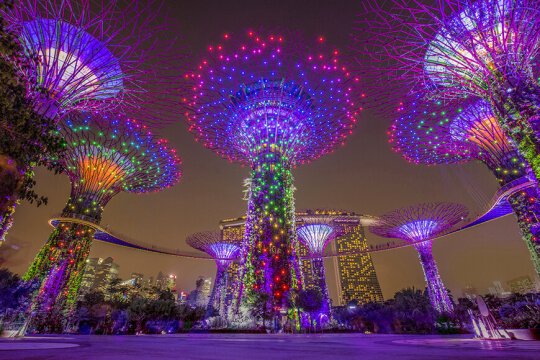
7 – Henderson Waves Bridge
Standing at 36m above Henderson Road, Henderson Waves is Singapore’s highest pedestrian bridge, connecting Mount Faber Park to Telok Blangah Hill Park. It is a 274 meter-long part of the Southern Ridges, a beautiful 9km (5.6 mi) trail in a lush open space that connects the hills of Mount Faber Park, Telok Blangah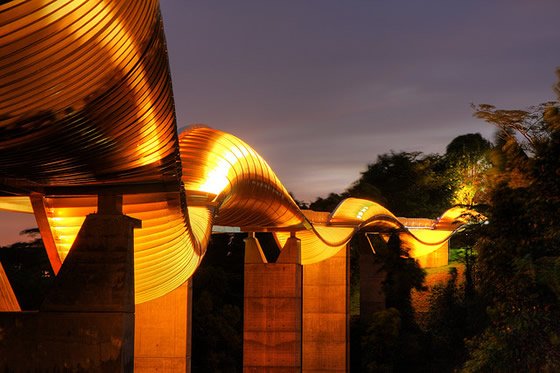
8 – Esplanade – Theatres on the Bay
Esplanade – Theatres on the Bay is a stunning waterside building located on six hectares of waterfront land alongside Marina Bay near the mouth of the Singapore River. Officcialy opened in 2002, this architectural icon with its distinctive twin shells is the center of performing arts in Singapore. Surrounded by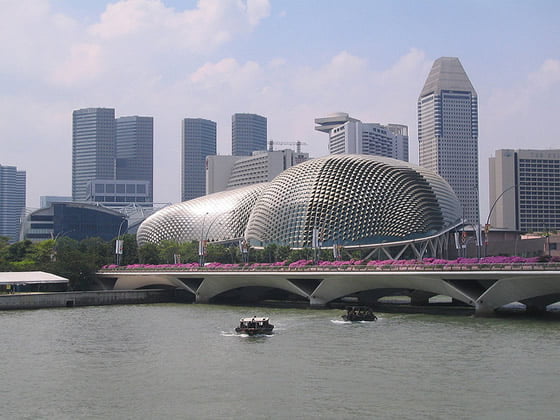
9 – ArtScience Museum
One of the attractions at Marina Bay Sands, the ArtScience Museum is the world’s first ArtScience museum, opened on 17 February 2011. This unique building is shaped like a lotus flower in bloom, and is anchored by a round base in the middle, with ten extensions referred to as “fingers”, designed to be a symbolic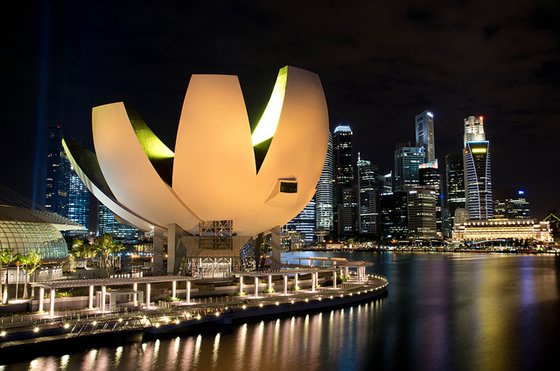
10 – Green Roof at Nanyang Technological University
The School of Art, Design and Media at Nanyang Technological University, has an amazing curving green roof structure, with an organic, vegetated form that blends nature and high-tech and symbolizes the creativity it houses. The open roofs serve as informal gathering spaces; insulate the building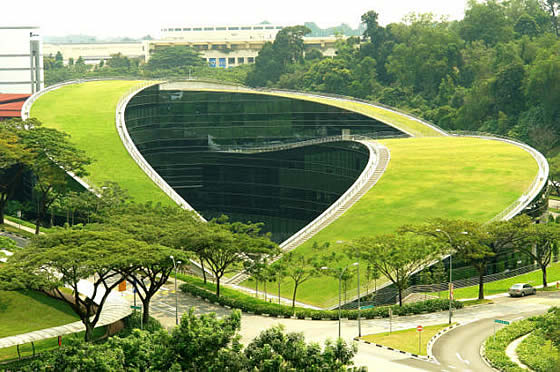
11 – Singapore Flyer
Singapore Flyer is the world’s tallest Ferris wheel, described by its operators as an observation wheel. Standing at a stunning 165m (541 ft.) from the ground, near the shore of Marina Bay, it is 5 m (16 ft.) taller than the Star of Nanchang, in China and 30 m (98 ft.) taller than the London Eye, in England. It is built over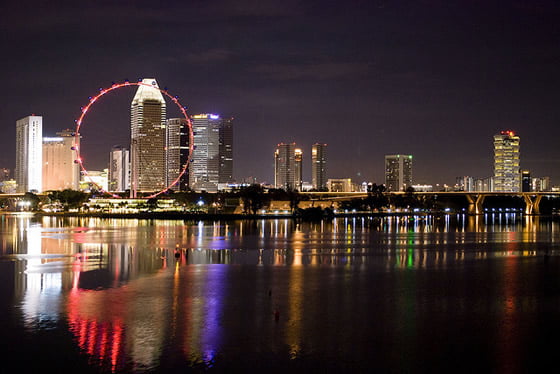
12 – Thian Hock Keng Temple
Thian Hock Keng Temple (Temple of Heavenly Happiness) is one of the oldest and most important Hokkien temple in Singapore, located in Chinatown. The construction of Thian Hock Keng was completed in 1842, more than 100 years ago, when it was a beachfront temple. The local was the first stop for grateful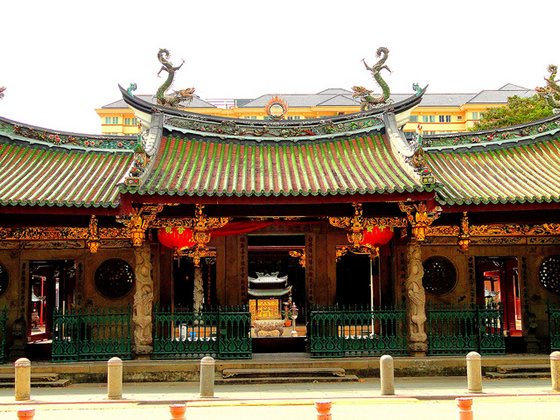
13 – Helix Bridge
The Helix Bridge is a pedestrian bridge, considered to be the world’s first curved bridge, which links Marina Centre with Marina South in the Marina Bay area. Together with Promenade, a walkway along marina bay, it forms a 3.5-kilometer pedestrian loop around the whole bay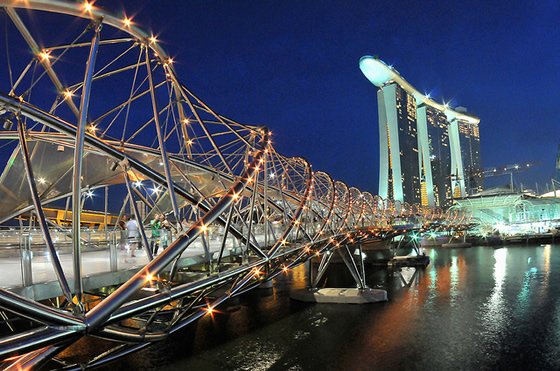
14 – Masjid Sultan (Sultan Mosque)
Located in Kampong Glam area in the vicinity of Arab Street, the Masjid Sultan is considered one of the most important mosques in Singapore. The area was allocated by Stamford Raffles for Sultan Hussein of Singapore, where the first Sultan’s Mosque was built about 1824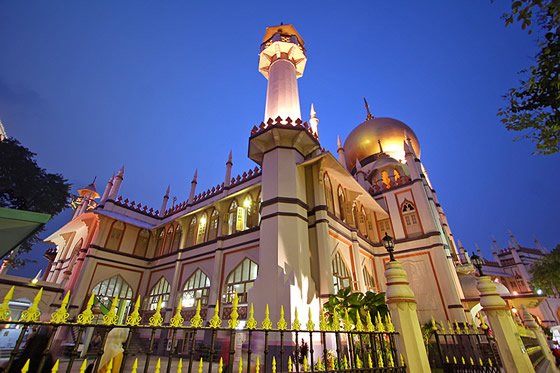
15 – Tiger Sky Tower
The Tiger Sky Tower is Singapore’s highest observation tower located at Sentosa. It has a height of 110 meters above ground, about 36 floors high, and 131 meters above sea level and offers day and night panoramic views of the Singapore’s skyline and the island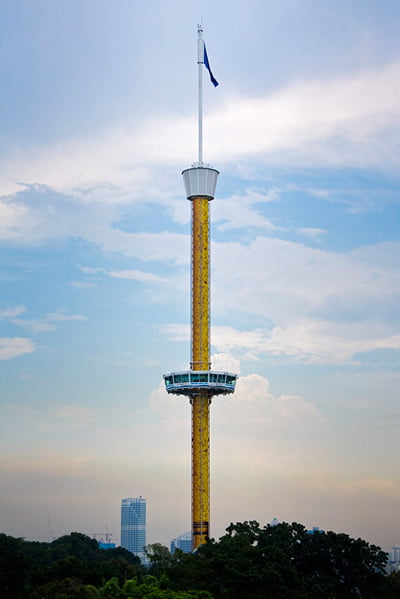
16 – Clarke Quay
Clarke Quay is a refurbished riverside development of old warehouses consisting of a colorful labyrinth of restaurants, theme bars, retail stores and recreation outlets. Transformed into a vibrant and attractive destination, it is certainly a great nightlife location for anyone who loves to hangout and have a drink at night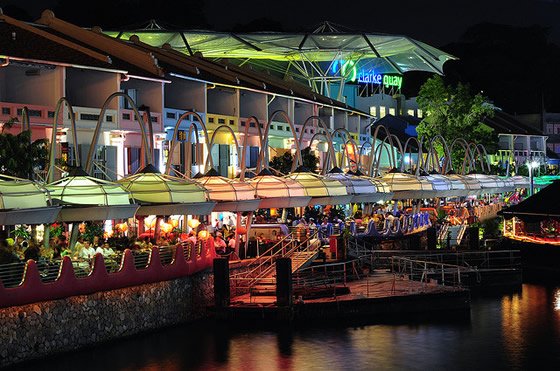
17 – Sentosa Beaches
Sentosa has a stretch of sheltered beach of more than two kilometres in length on its southern coast, framed with palm trees, with wide beachfronts and soft sands, divided into three portions: Palawan Beach, Siloso Beach, and Tanjong Beach. These beaches are artificial, reclaimed using sand bought from Indonesia and Malaysia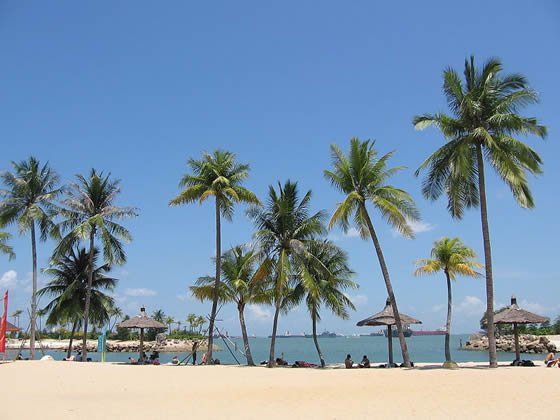
18 – Marina Barrage
The Marina Barrage is a dam located across the 350-metre wide Marina Channel built to create Singapore’s first freshwater urban reservoir. It now acts as a water source, flood control and a new lifestyle attraction. The view of downtown Singapore from the bridge holding the dam offers a great photo opportunity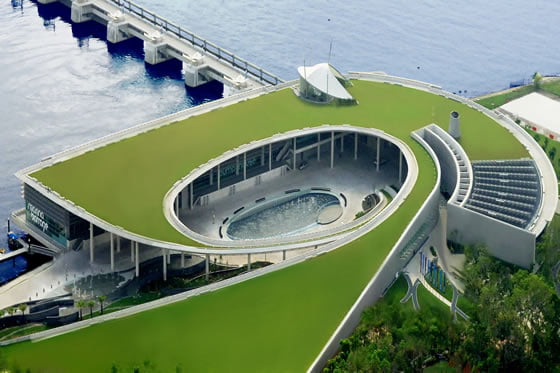
19 – Chinatown – Singapore
Singapore’s Chinatown is an ethnic neighborhood featuring Chinese culture and history. As the largest ethnic group in Singapore is Chinese, Chinatown is considerably less of an enclave than it once was. Recently Singapore’s Chinatown passed through a renovation process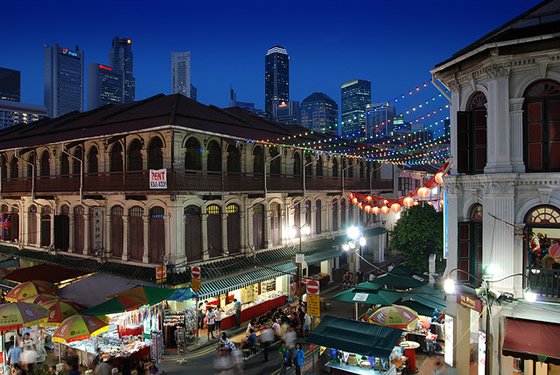
20 – National Museum of Singapore
The National Museum of Singapore is the largest and oldest museum in Singapore dating back to 1849. Focused on the history and culture of Singapore, the museum immerses the visitor in a multi-sensory experience of Singapore’s past, innovating with interactive elements, including touch screen displays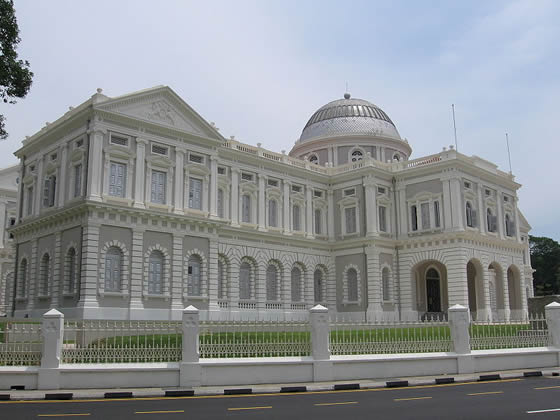
21 – Singapore Botanic Garden
The Singapore Botanic Garden occupies a land area of 52 hectares and some of the attractions include the National Orchid Garden, the Ginger Garden, and the Evolution Garden. It is the only botanic garden in the world that opens from 5 a.m. to 12 midnight every single day of the year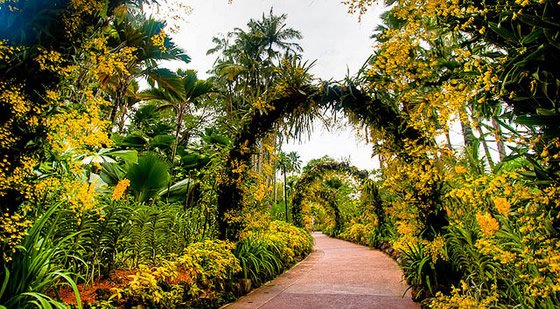
22 – Chijmes
Chijmes is a beautifully structured historic building complex that once housed a Catholic convent school known as the Convent of the Holy Infant Jesus (CHIJ) and their convent quarters known as Caldwell House. This complex of convent buildings has a Gothic-style chapel with beautiful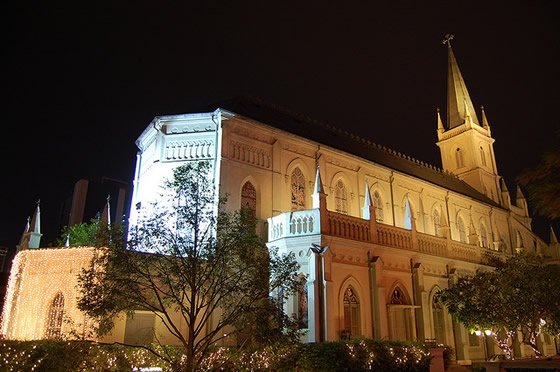
See more

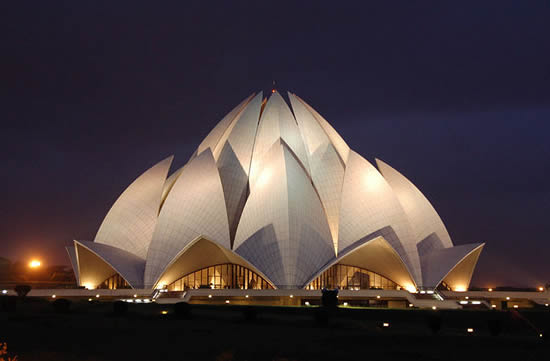
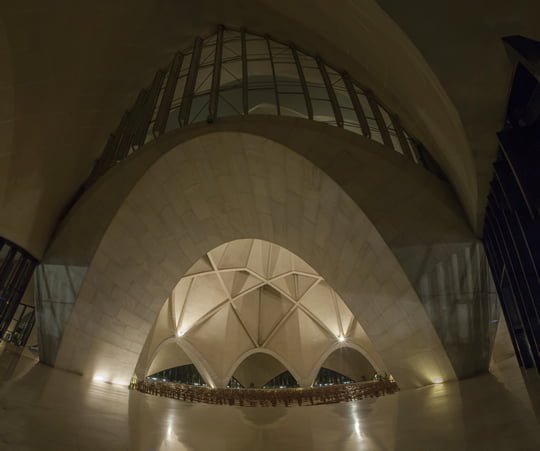
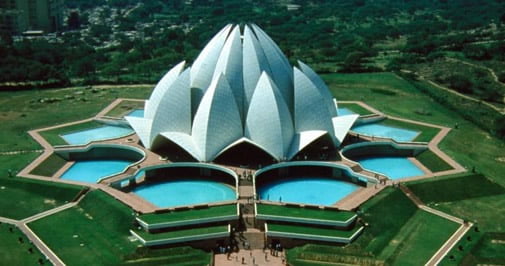
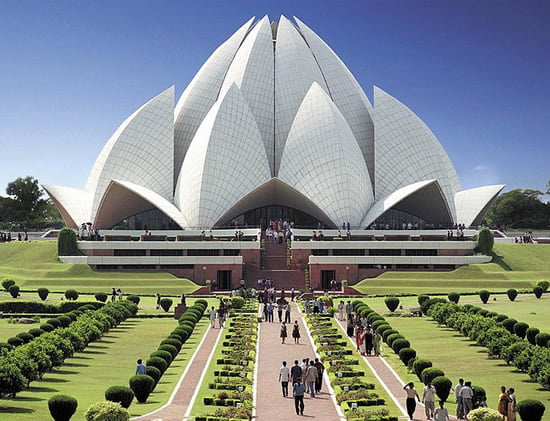
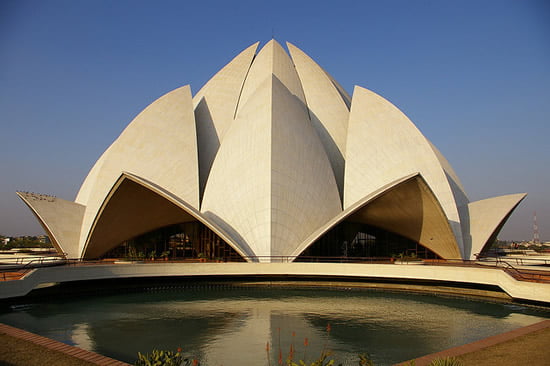
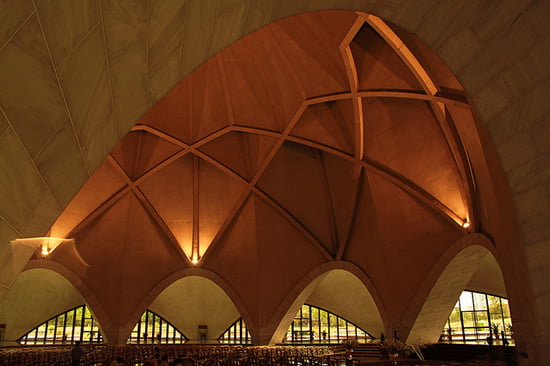
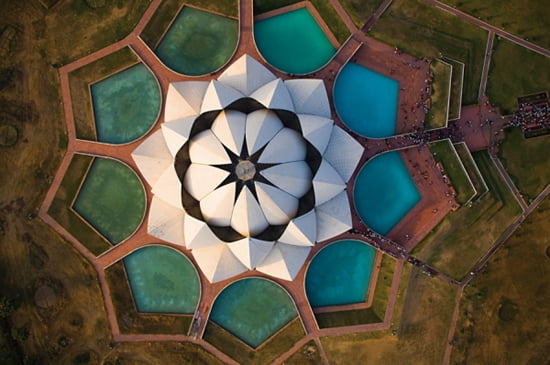
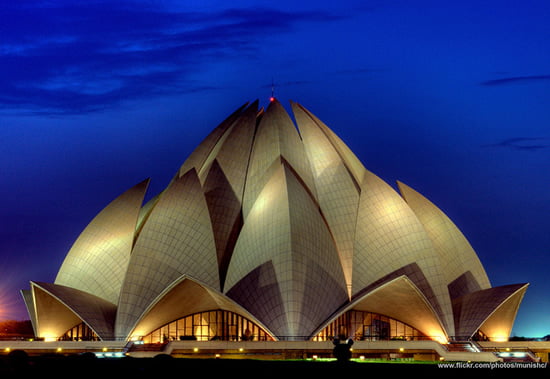
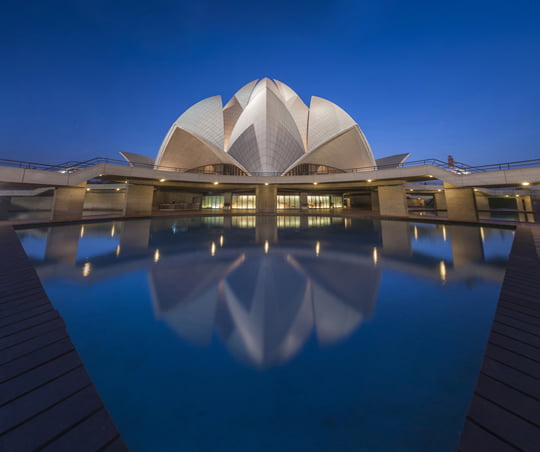
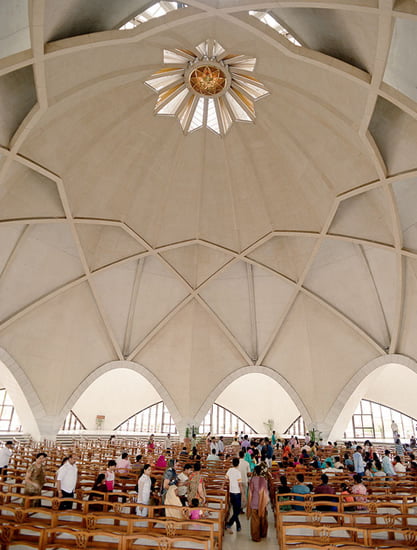
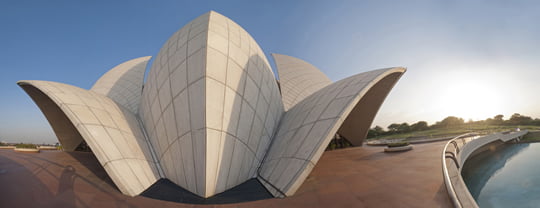
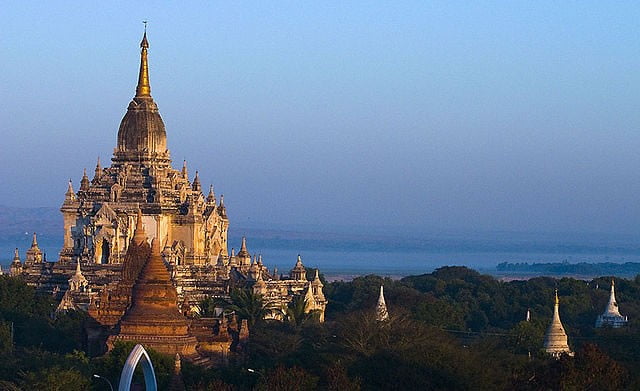
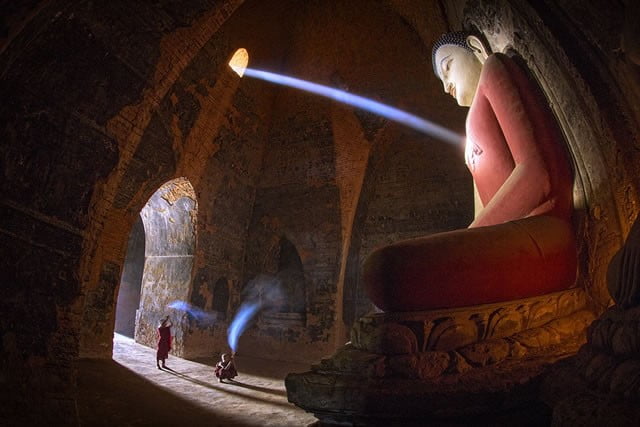
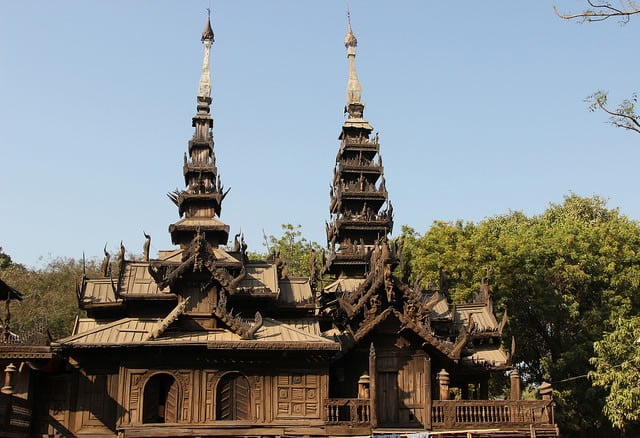
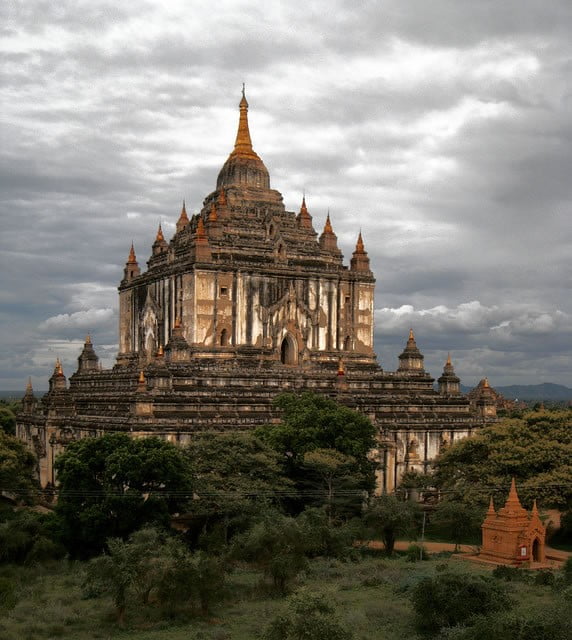
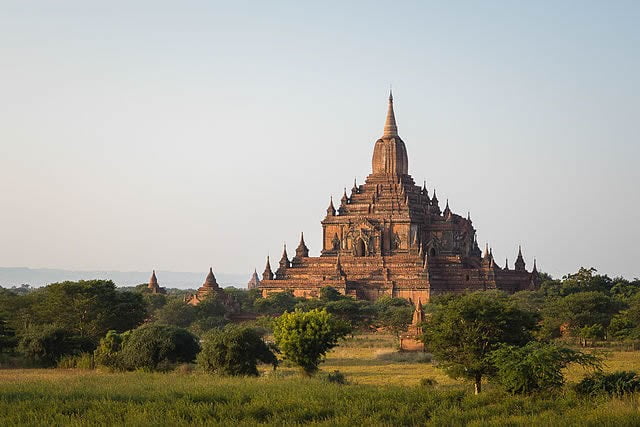 The Sulamani is a beautiful temple where the sun’s rays shine through
the outer arches onto the central core, creating a beautiful and warming
glow. It was also known as crowing jewel and it is one of the most
notorious temples in Bagan.
The Sulamani is a beautiful temple where the sun’s rays shine through
the outer arches onto the central core, creating a beautiful and warming
glow. It was also known as crowing jewel and it is one of the most
notorious temples in Bagan.
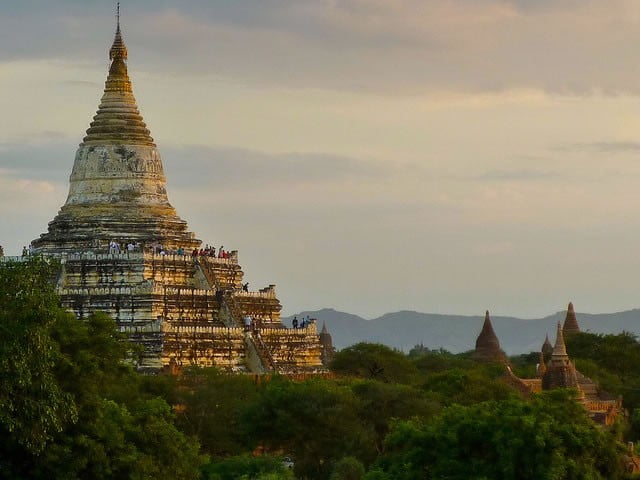
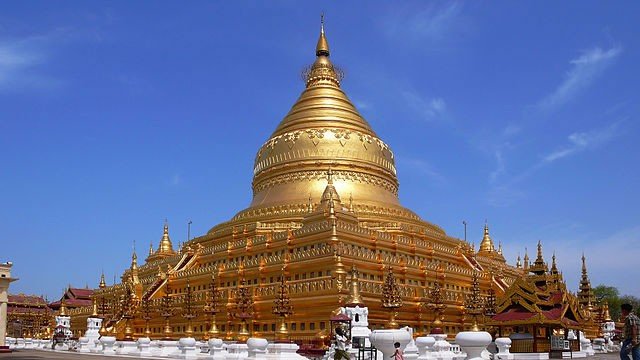
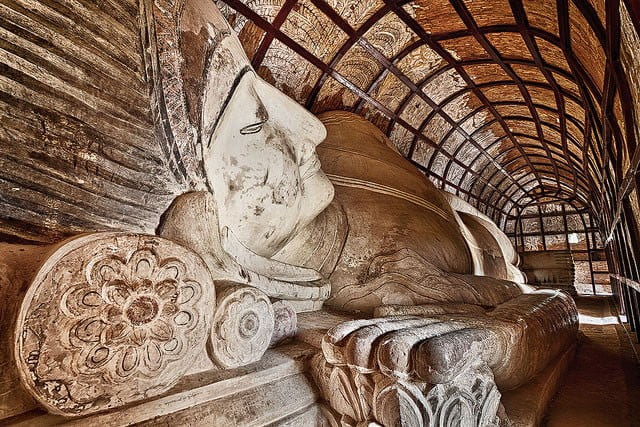
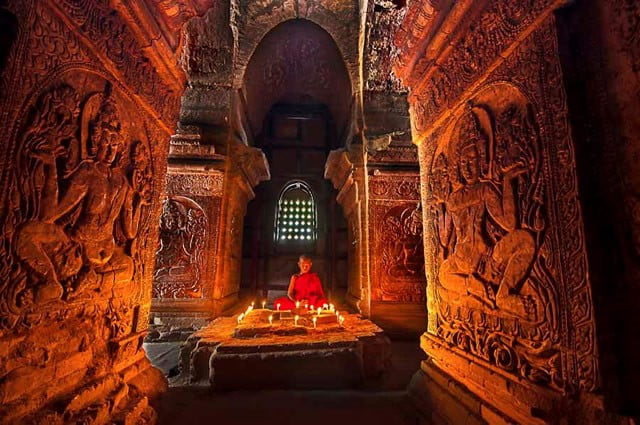
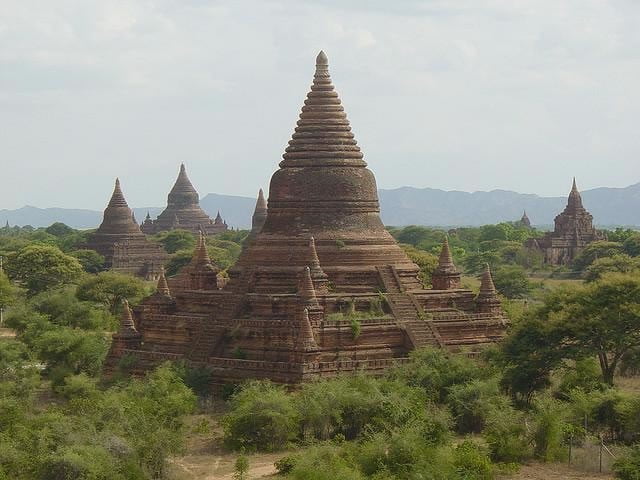 Mingalazedi Pagoda (also known as Mingalar Zed) is a Buddhist
bell-shaped stupa built in 1274 by king Narathihapati at the end of the
First Burmese Empire. It still preserves the beautiful glazed terracotta
tiles with the Jataka legends around the terraces.
Mingalazedi Pagoda (also known as Mingalar Zed) is a Buddhist
bell-shaped stupa built in 1274 by king Narathihapati at the end of the
First Burmese Empire. It still preserves the beautiful glazed terracotta
tiles with the Jataka legends around the terraces. 